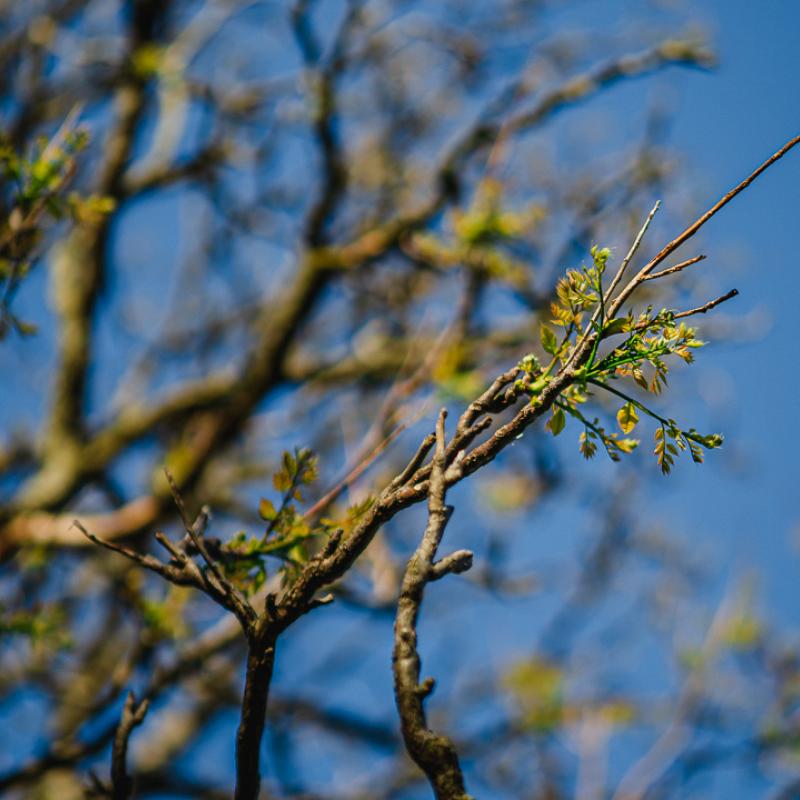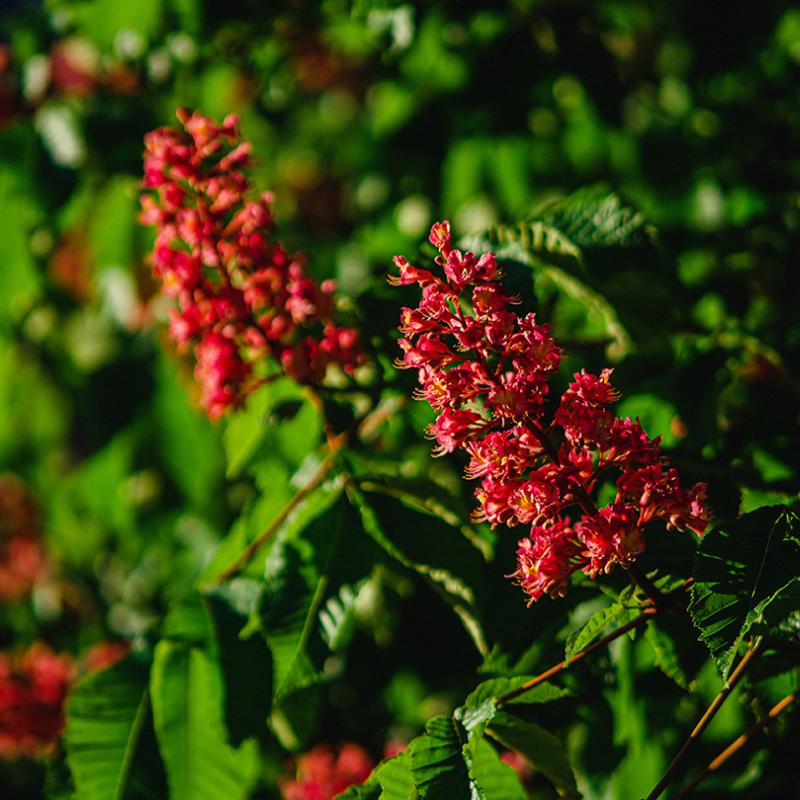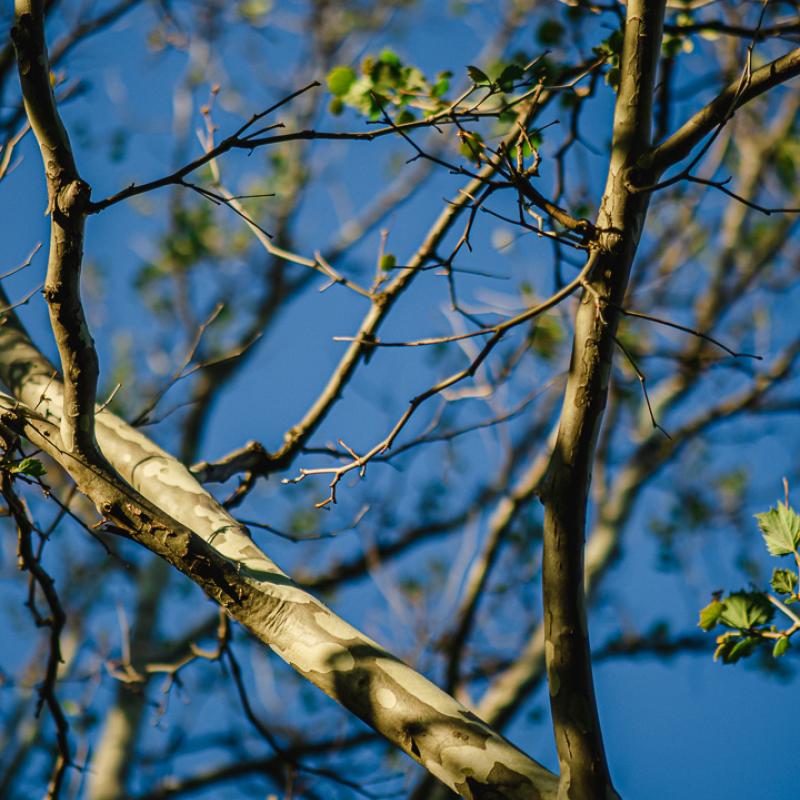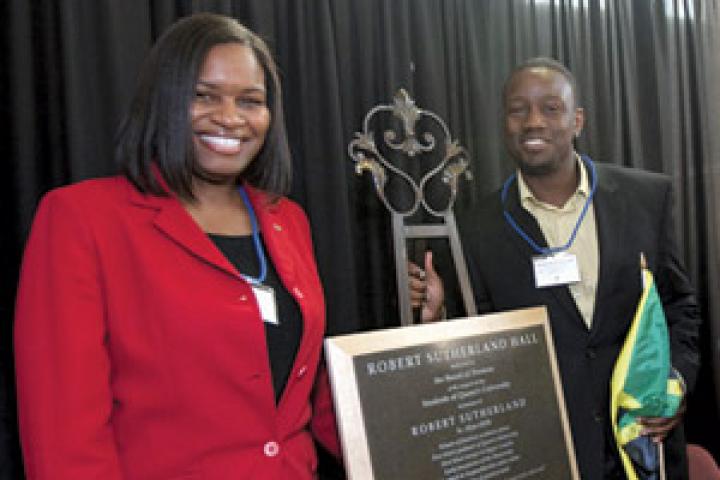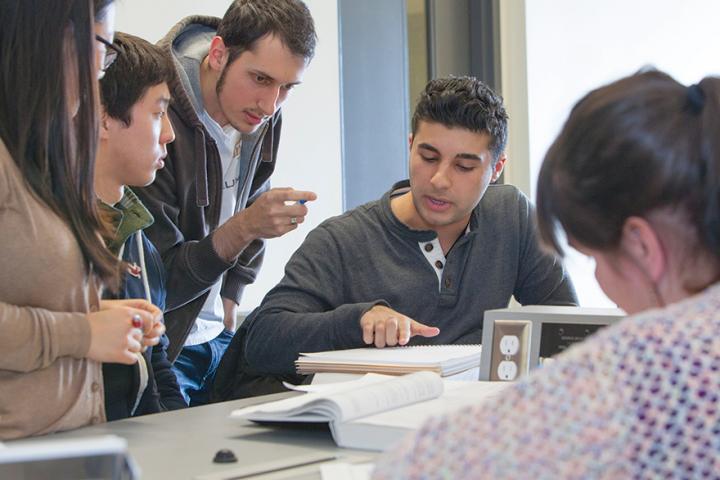One of Queen’s best-kept secrets is right out in the open – and it’s been growing there for more than 100 years. Maybe you’ve strolled past, sat under, or peered up at the gnarled giants in front of Summerhill and Theological Hall, but did you know they are part of an actual arboretum? That’s right. These aren’t just random plantings, but a purposeful collection of more than 50 trees from around the world.
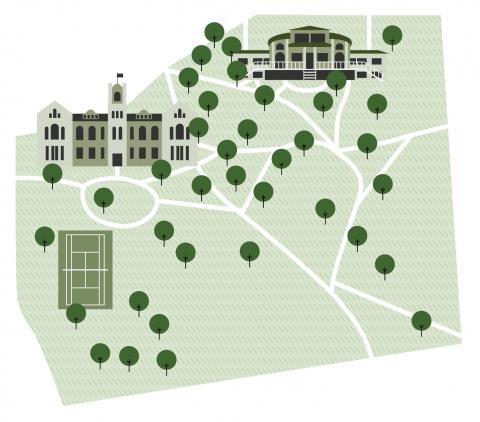
Named the Snodgrass Arboretum in honour of Queen’s principal and first Summerhill resident William Snodgrass, the grove was formally established in 1999. But its roots go back much further. In 1861, the slope in front of Summerhill was the site of Canada’s first botanical garden. In 1881, 27 maples were planted along the road that curves up from Stuart Street to Theological Hall, a.k.a. “Founders’ Row,” as a nod to Queen’s 26 founding trustees and Queen’s supporter Sir John A. Macdonald.
Most of those original maples have fallen, but dozens of other worldly trees have been planted nearby. There’s the ginkgo, for instance, native to China. There’s also the Austrian pine, the Norway spruce, the European beech, and many more. Some specimens, such as the white fir, are native to Canada but aren’t typically found here, which suggests the arboretum has its own unique microclimate.
“It’s a multifaceted place,” says Philip Wright, Queen’s manager of grounds operations. “It’s a park where you can just hang out, but it’s also a living textbook. You can walk there throughout the year and touch and look at these trees as they fruit and flower; their leaves change colour and then drop in the winter. It’s fascinating, and it’s so nice to have it all there within a little five-minute walk.”
1. Kentucky Coffee
The seeds of this rare Canadian tree may look like coffee beans, but they aren’t. Early settlers roasted the seeds as a coffee substitute but soon stopped because the taste was so bitter.
2. Glossy Buckthorn
Considered to be a small tree or shrub, the glossy buckthorn is unique to other buckthorns by the lack of teeth on the edge of the leaves and the 5 to 8 veins on each side of the central leaf vein.
3. Ginkgo
At 133 years old, this ginkgo is one of the oldest trees in the arboretum. Chances are it will be standing for many more decades as this species is known for tolerance of urban conditions.
4. London Plane-tree
Known for its uniquely patchy bark, the London plane is a hybrid of the American sycamore and the oriental plane. It is often planted in city parks as it tolerates pollution well.

